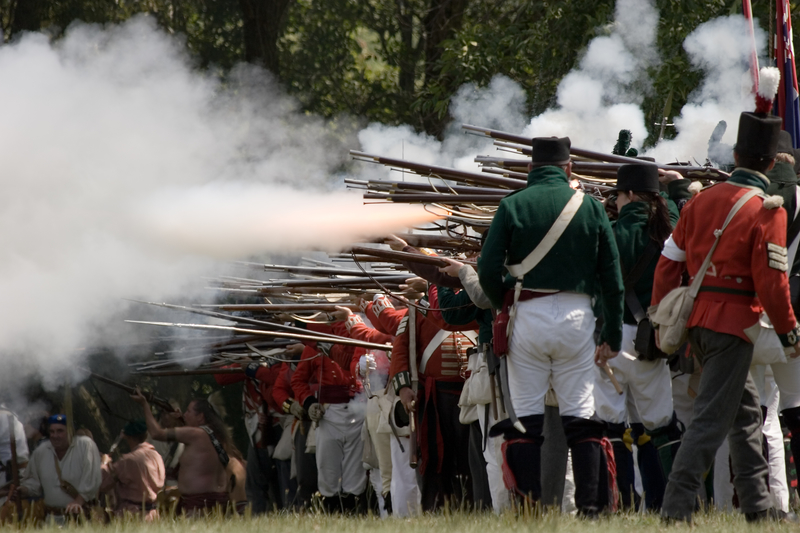As Field & Stream reports, decades after the introduction of the rifle musket and its widespread use in the Civil War, some people are taking a second look at the weapon and forming a different opinion of it. In fact, one author has pointed out that the rifle musket was incredibly difficult to use and also not very accurate.
A military historian named Michael Stephenson, in his remarkable book The Last Full Measure—How Soldiers Die in Battle, takes a somewhat different view. This book is a proper catalog of horrors tracing the evolution of organized carnage from primitive times up until the present. Stephenson points out that the rifle musket, being more difficult to load than the smoothbore, cut the rate of fire by the average proficient soldier (of which there was always a shortage) from 4 rounds a minute to 3. Then factor in the considerable difficulty of firing an Enfield or Springfield accurately under battle conditions.
There was considerable kick. Then a cloud of reeking whitish smoke which made it difficult to see who you were shooting at, a fouled bore which required that you had to pound the ramrod on a rock to drive it home, crude sights, and the difficulty of loading your musket from any position but standing, and it was a wonder that anyone shot anyone on purpose.
A confederate officer estimated that 5,000 men might expend 200,000 rounds in a decent battle, and that it took 400 rounds to kill a single Union soldier. (This pales beside our 25,000 rounds per fatality from Korea to the present, but they did the best they could.) As Stephenson sums it up:
“Of a sample of 113 actions in which range was mentioned by eyewitnesses, 62 percent were at 100 yards or less and none took place at more than 500 yards. In short, infantrymen were more likely to be killed by musket fire not because the rifled musket [sic] was more accurate at longer range but because they were in a confined killing zone close to their adversary.”
There were snipers, and they were deadly, but there were not a lot of them. There were repeating rifles such as the Spencer and the Henry, but they never got into general use. If they had, you would have seen some truly astronomical casualty figures.
This is certainly a different way of looking at the rifle musket, and after reading this we're surprised it was used for as long as it was. Reading this really opened our eyes!
Article Source: Field & Stream

Who’s giving them a bad rap? and why are they even bothering to do it? Just to write something so people will see know something, and waste our time!
I’ll bet it wasn’t a radicalized Amish guy!